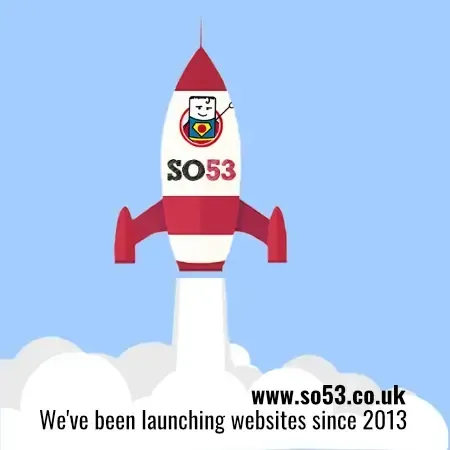Rebuilding Workplace Morale in a Culture of Criticism
Quiet Quitting

www.amadasuninsight.com
From my experience in today’s hyper-connected and emotionally charged business environment, I have come to recognise that workplace morale is more vulnerable than ever. A single incident, be it a controversial decision, a viral tweet, or criticism from an external stakeholder can rapidly seep into the internal culture of a company. Employees begin to question not just leadership decisions, but also their position within the workplace, and the alignment of their personal values with those of the company that they work for.
Kat Wallace, a communications leader at Big Partnership, recently underscored this issue by sharing how social media backlash over hiring temporary agency staff dramatically affected internal morale. What seemed like a minor staffing choice became a symbol of disconnection between leadership and team members.
The result? The once-positive energy in the office faded, replaced by scepticism, disengagement, and emotional withdrawal. Unfortunately, this story is all too common.
Morale is not just about employee happiness, it is a critical part of business resilience, creativity, and productivity. Teams with high morale show greater collaboration, stronger critical thinking skills, and higher retention. On the other hand, low morale manifests in presenteeism, burnout, and quiet quitting, none of which can be solved by ping-pong tables or pizza Fridays.
In today’s workplace, where hybrid models are the standard and remote communication takes the lead, Managers and leaders often lack the daily visibility to sense when morale is slipping. By the time discontent surfaces in feedback forms or exit interviews, it is usually too late. Therefore, initiative-taking cultural stewardship is not optional; it is essential.
To rebuild morale in the face of criticism, whether from internal decisions or external pressures, leaders must adopt a multi-layered approach.
When tough decisions are made, explain the reasoning behind them. Employees do not need perfection; they need honesty. Providing context helps people feel respected and informed, even if they disagree. Create structured opportunities for feedback. This could include anonymous surveys, listening circles, or regular one to ones where concerns can be safely voiced. When employees feel heard, trust begins to rebuild.
In low-morale environments, it is easy to focus on what is broken. Flip the script by regularly acknowledging progress, whether it is a successful client pitch, a well-executed campaign, or a team member going the extra mile. Remind your team why their work matters. This might involve spotlighting client outcomes, revisit the company’s mission, or share stories that connect daily tasks with broader impact.
Leaders must model the behaviours they wish to see, resilience, empathy, transparency, and accountability. A leader’s tone, energy, and willingness to engage authentically are contagious. Criticism, while uncomfortable, is not inherently negative. It offers insight, pushes companies to reflect, and invites growth. When managed constructively, it can serve as a catalyst for cultural renewal. The key is in the response. Business’s that respond to criticism with defensiveness and denial reinforce division. Those that meet it with humility and openness can transform pain points into turning points.
Let us remember that morale is the heartbeat of a business. morale is fragile, but also resilient when nurtured intentionally. Leaders who invest in culture, prioritise communication, and empower their people, not only recover from criticism but emerge stronger.
In a world where reputations are built in real-time and employee sentiment can change overnight, culture is not a side project, but a strategy for growth.
Beverley Amadasun.
www.amadasuninsight.com



